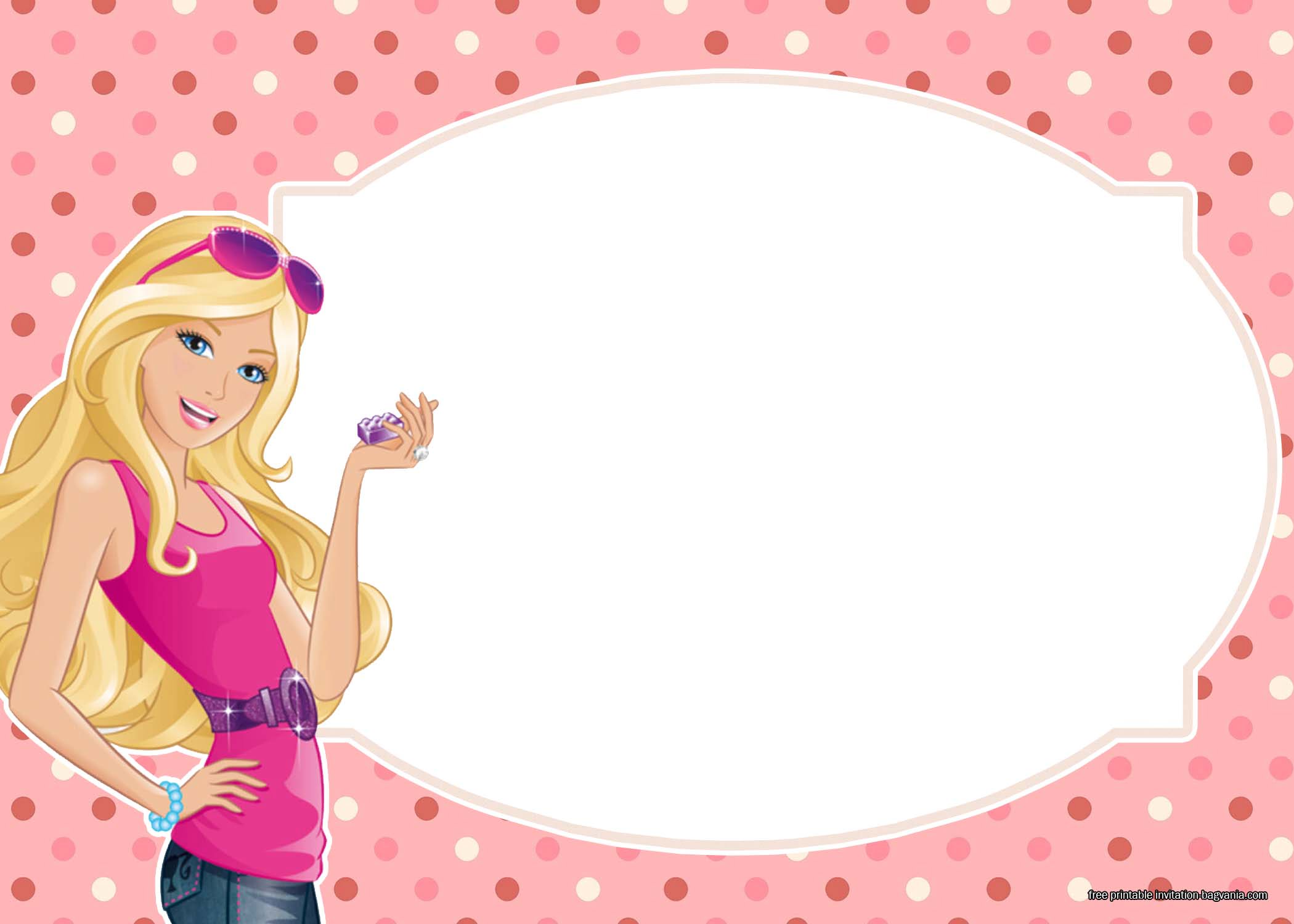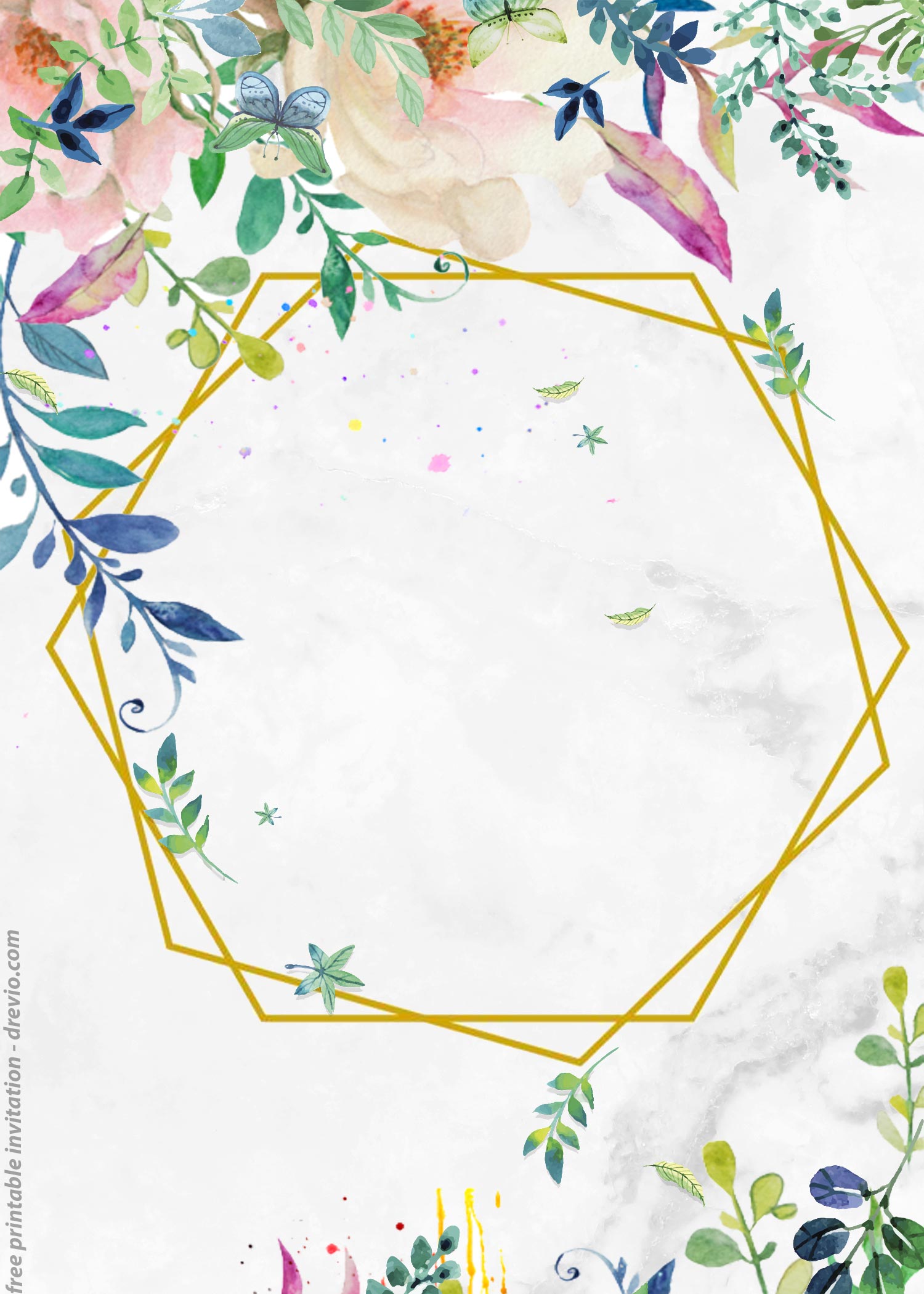Outer space has always fascinated children with its stars, planets, astronauts, and mysteries beyond Earth. Outer space activities for kids tap into that curiosity and turn it into fun, hands-on learning experiences. Whether it’s solving a planet-themed puzzle, coloring a rocket ship, or pretending to explore the moon, these activities spark imagination while introducing basic science concepts in a playful, age-appropriate way. Children learn about the solar system, gravity, and space travel—all while developing key skills like critical thinking, creativity, and fine motor coordination.
What makes outer space activities especially exciting is their flexibility. They work well for solo play, classroom learning, or social events like space-themed playdates and birthday parties. With just a few printable worksheets, crafts, or group games, you can create an interactive environment where children collaborate, share ideas, and build social skills. Whether you’re a parent, teacher, or party host, incorporating space activities helps make learning feel like an adventure—one that inspires wonder and discovery with every star and planet.
Outer Space Activities for Children
There are endless ideas and possibilities when it comes to outer space activities for the young and curious minds, but here are some really fun activities that you can start with:
1. Coloring Pages
Outer space-themed coloring pages let children bring the universe to life with their own creativity. From rockets and astronauts to stars and planets, kids can use crayons, markers, or colored pencils to explore color while engaging with space-themed imagery. It’s a calming activity that fosters self-expression and artistic exploration.

These coloring sheets are especially great for preschoolers and early elementary children, typically ages 3 to 7. Coloring helps young learners strengthen fine motor skills and hand-eye coordination, while also introducing them to new vocabulary and concepts like the names of planets or what astronauts wear. It’s a quiet, focused activity that also works well in both individual and group settings.
2. Trace and Color
Trace and color worksheets combine two important early learning tasks—tracing shapes or words and coloring the picture afterward. These are ideal for children ages 4 to 6 who are beginning to develop writing skills. Tracing improves pencil control and strengthens the muscles needed for proper letter formation, while the coloring element keeps things light-hearted and engaging. In space-themed versions, kids may trace the outline of a planet, a rocket ship, or simple space words like “moon” or “star” before coloring them in. This dual-action approach is not only fun but builds handwriting readiness and confidence.

3. I Spy
Outer space “I Spy” worksheets are visual puzzles where children search for and count specific space-themed items hidden in a busy picture. Kids might be tasked with spotting rockets, aliens, or comets tucked among stars and other galactic objects. This activity is exciting because it feels like a mission—one that requires attention to detail and keen observation.

Best suited for children ages 4 to 8, I Spy activities sharpen visual discrimination, counting, and focus. Younger children build early math skills by counting objects, while older kids may enjoy more complex versions with clues or patterns to solve. It’s also a great group game for playdates or classrooms, promoting patience and collaborative problem-solving.
4. Word Puzzles
Space-themed word puzzles come in a variety of forms, such as word searches, crosswords, and word scrambles. This type of outer space activities challenge children to recognize and think about space-related vocabulary like “galaxy,” “astronaut,” or “orbit.” Solving these puzzles encourages critical thinking while expanding science language.

These puzzles are best for children ages 6 to 10 who have begun reading independently and can spell or decode words. They help develop language skills, spelling accuracy, and concentration. For kids who enjoy word games, space-themed puzzles offer an exciting way to boost literacy while diving into an intriguing topic.
5. Mixed Activities
Mixed activity worksheets combine several space-themed tasks into one sheet—like coloring a rocket, solving a mini word search, tracing a planet’s name, and completing a simple maze. This variety keeps children engaged by switching between tasks, and it appeals to different learning styles within a single worksheet.
These are perfect for ages 5 to 9, especially in settings where variety is key—like parties, classrooms, or longer quiet-time sessions. Mixed activities support multiple areas of development at once: literacy, fine motor skills, logic, and creativity. They’re a fun, all-in-one way to explore space while keeping young learners motivated and focused.


6. Space-Themed Craft
Space-themed crafts allow children to build and create their own little piece of the universe using simple materials like paper, cardboard tubes, foil, paint, and glue. They might make a rocket ship, design a paper plate planet, or assemble an astronaut helmet. The hands-on aspect of crafting brings outer space to life in a way that’s imaginative, tactile, and highly engaging.
These crafts are great for children ages 4 to 10, with the complexity of the craft adjusted based on age and skill level. Crafting supports creativity, spatial awareness, and fine motor development, while also giving children a sense of pride in what they’ve made. It’s a perfect group activity for classrooms or parties, encouraging sharing, cooperation, and imaginative play as kids tell stories and role-play with their space creations.
Benefits of Outer Space Activities
Activities are not just a way to keep the children occupied, they also help boost children’s development in so many different ways. Here are the benefits of engaging in outer space activities for children:
-
Boosts Imagination and Creativity
Outer space activities encourage children to picture faraway planets, alien life, and space adventures, fueling their imaginations. Whether coloring a galaxy or crafting a rocket ship, kids are inspired to dream big and think beyond Earth. This creative thinking supports problem-solving and innovation as they grow. -
Supports Early Science Learning
Through space-themed worksheets and crafts, children are introduced to science concepts like planets, gravity, and space travel. These activities build curiosity about the world and lay the groundwork for future science learning. Kids begin to ask questions, make observations, and develop a sense of wonder about the universe. -
Improves Fine Motor Skills
Coloring, tracing, cutting, and assembling crafts all strengthen the small muscles in children’s hands and fingers. These movements are essential for developing proper pencil grip, handwriting, and everyday tasks like buttoning or tying shoes. Repetitive, hands-on practice through fun themes keeps children engaged while they build coordination. -
Enhances Focus and Observation
Activities like I Spy and word puzzles require children to concentrate, notice small details, and follow directions carefully. These skills help improve attention span and the ability to complete tasks independently. Practicing focus through play sets children up for academic success in school settings. -
Expands Vocabulary and Language Skills
Space-themed word puzzles and tracing activities introduce new terms like “orbit,” “meteor,” and “galaxy.” Children practice reading, spelling, and comprehension in an exciting context that holds their interest. Learning themed vocabulary helps boost overall language development in a meaningful way. -
Encourages Social Interaction
Many of these outer space activities—especially crafts, group games, and mixed worksheets—can be done in pairs or small groups. This setting helps children develop communication, teamwork, and turn-taking skills. Working together on space-themed challenges also builds confidence and a sense of community. -
Provides Versatile Learning Opportunities
These outer space activities work well in different settings, from solo quiet time to classroom lessons and themed parties. This flexibility allows parents and educators to tailor the experience to the child’s needs and environment. It makes learning feel natural, playful, and adaptable across various situations.
Outer Space Activities at Social Gatherings
Incorporating outer space activities into a playdate or party transforms the gathering into an exciting, imaginative adventure that children will love. You can set up different stations—such as a coloring corner with rockets and planets, an I Spy space mission table, and a crafting area where kids build their own paper spaceships or alien masks. These activities not only keep children entertained but also promote learning, cooperation, and creativity in a social setting. Whether indoors or outdoors, the space theme adds a sense of exploration and wonder, making it easy to engage kids of various ages while encouraging them to play and learn together.
Beyond the outer space activities for the children, if you’re planning a space-themed party, here are several fun and practical elements to consider:
-
Decorations: Use stars, planets, rockets, and galaxy-themed backdrops to create a stellar atmosphere. Hanging glow-in-the-dark stars or inflatable planets can instantly transform the space into a mini universe.
-
Costumes and Dress-Up: Encourage guests to come dressed as astronauts, aliens, or space explorers. You can also provide simple accessories like paper helmets or star-shaped glasses for a fun dress-up station.
-
Snacks and Food: Serve space-themed treats like “rocket sandwiches,” “moon cheese” (cheese cubes), and “alien cupcakes” with green frosting. You can even label drinks as “rocket fuel” or snacks as “meteor bites.”
-
Music and Sound Effects: Add ambient space music or fun sci-fi sound effects to set the mood. This enhances the immersive feel and makes the party environment more exciting for children.
-
Party Favors: Hand out small items like space stickers, mini telescopes, or glow sticks as party favors. These keep the space fun going even after the party ends.
-
Themed Invitations: Send out invitations that match the space theme—rockets, stars, or alien characters—to build excitement before the party even begins.
Planning ahead with these extra touches helps create a memorable, well-rounded space adventure that’s out of this world for all the little explorers attending. For more tips and ideas on space-themed party planning visit Space Birthday Party: 9 Steps for an Epic Adventure!
Free Invitation Templates
To make party planning even easier and more exciting, you can use free outer space-themed invitation templates to invite friends and family. These templates often feature fun designs like rockets, astronauts, stars, and planets, perfectly setting the tone for your cosmic celebration. Many are customizable, so you can easily add your own party details and even print or send them digitally. Whether you’re hosting a birthday party, a themed playdate, or a classroom space day, these ready-made invitations save time and add a professional, playful touch to your event. Start by heading to these links below:
- 7+ Cool Alien Spaceship For Birthday Invitation Templates
- 7+ Little Explorer Space Themed Canva Birthday Invitation Templates
- (Free Editable PDF) Hand Drawn Astronaut Space Theme Birthday Invitation Templates


Final Thoughts
Outer space activities offer children a thrilling way to explore science, creativity, and social skills through play. From coloring pages and tracing to I Spy games, word puzzles, and hands-on crafts, each activity provides its own unique benefits. These themed tasks spark imagination, improve fine motor and cognitive abilities, and introduce space vocabulary in a fun, engaging way. Whether used at home, in the classroom, or as part of a party, they turn learning into an enjoyable and memorable adventure.
What makes outer space activities truly special is their versatility and ability to bring children together in both educational and festive settings. They are easy to adapt for different ages and can be grouped into stations for larger events like themed playdates or birthday parties. With the addition of creative decorations, themed snacks, and fun invitations, you can build an entire universe of fun and learning that children will remember long after the activities are done. These space adventures not only entertain but inspire curiosity and a love for discovery that reaches far beyond the stars.































